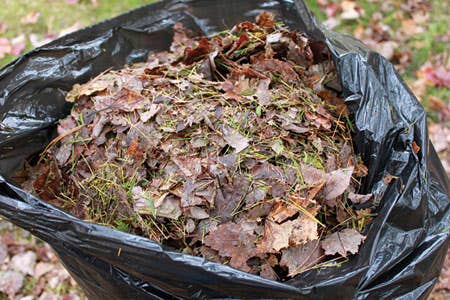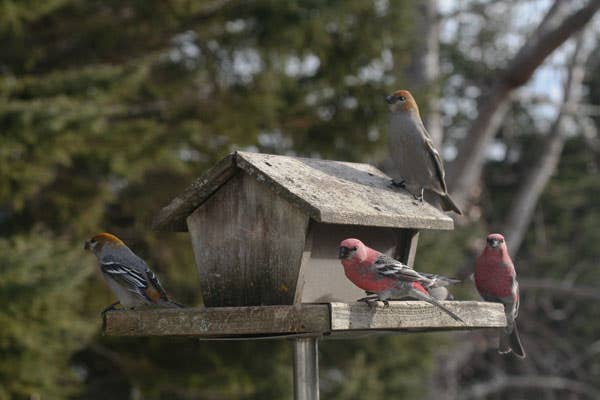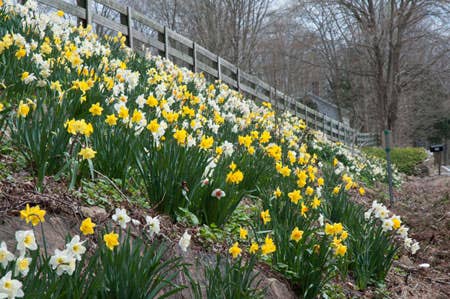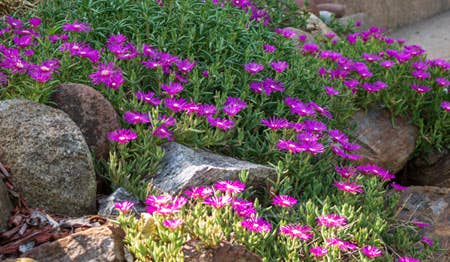Tip of the Week: How to grow freesias indoors during winter
Although they have exacting requirements, their wide range of colors and fragrant blossoms are worth the effort
Freesias have rather exacting requirements, but the delicate spikes of tubular, often fragrant blossoms in a range of colors from white to lavender, purple, blue, yellow, orange, pink and red are well worth the effort of growing them indoors during winter. The dormant corms should be planted in a well-drained sterile potting soil with a neutral pH. If you are blending your own mix, it should contain no more than one-third perlite because freesias are susceptible to the fluoride that the perlite contains. Leaf scorch is a symptom of fluoride toxicity. Fill the pots to within two inches of the rim and place the corms, pointed ends up, two or three inches apart in each pot. Then, cover the corms with an inch of mix and water thoroughly.
For the most compact growth, precool these pots for 45 days in a location where the temperature is 55 degrees F. Until the leaves appear, light is unnecessary, so an unheated garage or basement will do fine. After this precooling period, green leaf tips should be visible. Move the pots to a well-lit location that averages 65 degree F—higher temperatures delay flowers and increase bud drop. A combination of coolness and brightness will yield the best plants. Keep the soil moist and fertilize every two weeks with a complete fertilizer such as 20-20-20.
You should stake the straplike leaves to prevent them from falling over. You can use ready-made ring stakes or connect bamboo stakes with lengths of twine. Depending on conditions and the cultivars you choose, blossoms should appear two to four months after planting and continue for a month.







